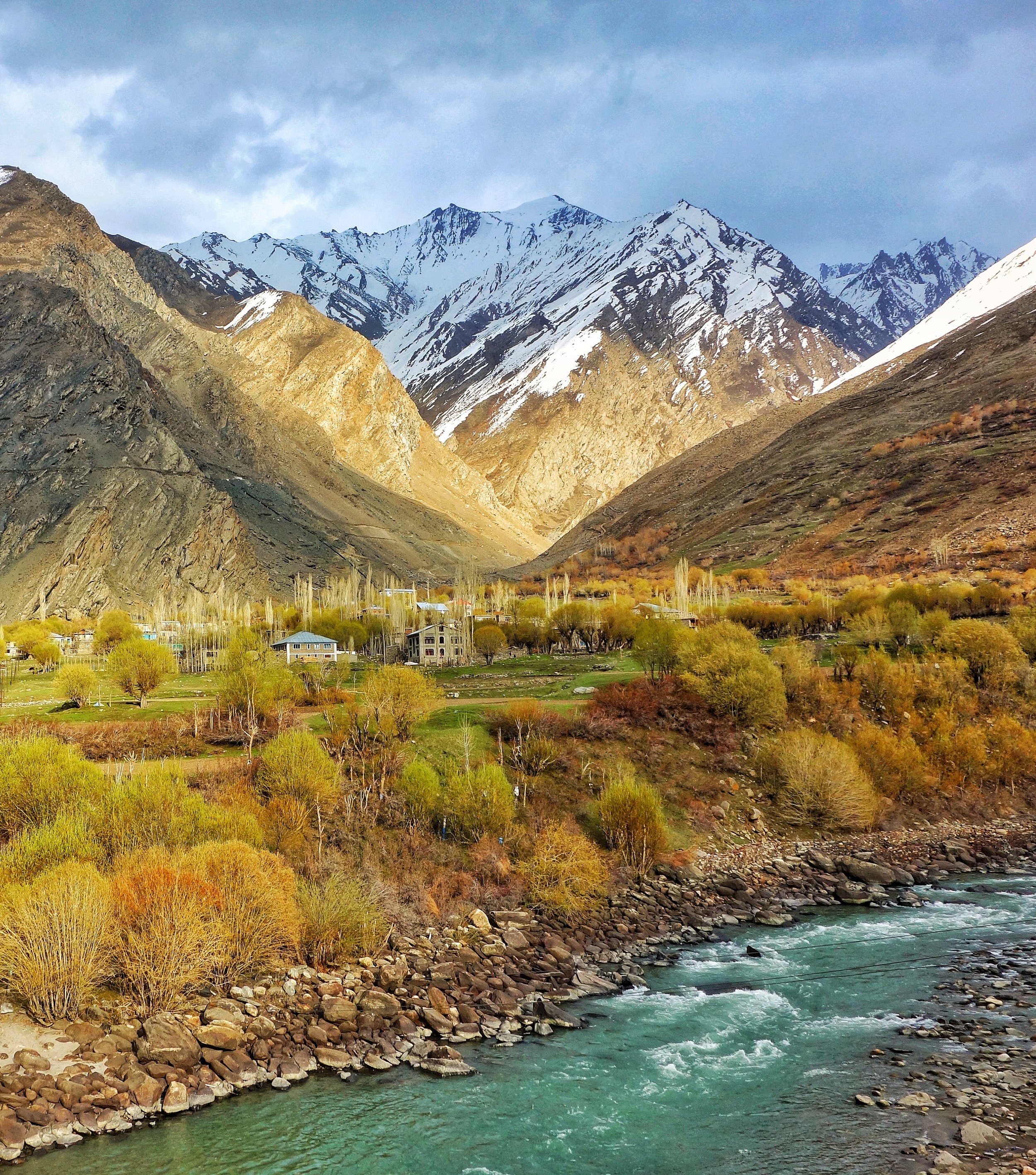The Curious Case of the Baltis of Dehradun
On my random ramblings here and there I was in Drass and we decided have some Tea and Snacks at a Dhaba in Kargil. The guys running the Dhaba looked like almost a local but he was speaking in a strange accent to his wife. It wasnt the local accent.
Out of curiosity I asked him where he was from. He said Dehradun. I was like how did you land up here. He answered that they only stay there during the Spring/ Summers and return back to Dehradun before the onset of Winter. Ok I said.
But why here of all place. Then he told me there are Dhabas run by people from Dehradun as well and quite a lot of them. I asked again why here of all the places. There are other Hill Stations much closer to Dehradun in UK itself and you wouldnt even have to leave the state.
I then casually told him well you can pass of as a local. How come I asked ? Well we are from the same area originally he said. From Drass ? No he said. I was like OK he is not a Shina speaker so must be a Purigi speaker from Kargil or Suru. Nope he said. Then where I asked ?
Well we are originally from Baltistan but settled in Dehradun. I was like “Come again” please. I think I heard you wrong. He repeated and then the fact was revealed me to me of the story of a community of Baltis that exists in a place called Ambari in Vikasnagar near Dehradun.
Baltis are originally the inhabitants of what is now called Baltistan in Pakistan Occupied Kashmir where they are the majority.. The Baltis are of Tibetan origin with a significant Dardic admixture. In the state of Jammu and Kashmir the majority people of Kargil area as well the people in the Villages around Turtuk are also Balti.
Coming back to the Baltis of Dehradun i wondered how and why they landed up there. Also at the same time I got to know that some Baltis were also living in Shimla. And the community still exists in some form over there. And also about a smaller Balti community thats exists in Nainital and even smaller ones dotted at other places in Uttarakhand.
So as it seems in the days before Partition many people from Baltistan used to come down to the Hill Stations and lower foothills in search of work. These hardy mountain men were sought after for their great ability to carry heavy loads over rugged mountain paths. They were employed by the Armed Forces and as a general heavy load specialists. There were also a large number of them who were employed in the stone quarries in the foothills especially around Dehradun. The fact that you still find sturdy Kashmiri/ Gujjars from Kashmir still being used as heavy load specialists in Hill Stations like Shimla and Mussoorie are a testimony to this. As well as the testimony to the fact that sturdy mountain men are always in demand at our Hill Stations.
As it so happened suddenly the tragedy of Partition took place and all the Baltis who came for the area that was occupied by the Pakistani forces were now stranded in India wherever they were. The more luckier ones who hailed from the Kargil area still had a home within India when Indian forces forced te Pakistani forces out of the Kargil area which also they had occupied. That day is still celebrated in Kargi as the “Kargil Yom-e-Fateh” day on May 24 every year.
For all the Baltis that had no home to go back to as it was now under Pakistani control there was no option but to settle down at wherever they were at. The biggest settlement was at Vikas Nagar in a village called Amabari where they continue to thrive and live today as proud Indian citizens.
So next time in Dehradun do try and check these guys out and click some pics.
Pic from what I consider to be our part of Baltistan. The beautiful Suru Valley with vistas which match with the pics posted from Gilgit Baltistan.
Pic from April 2018. Suru Valley, Kargil District, Ladakh, Jammu and Kashmir.

